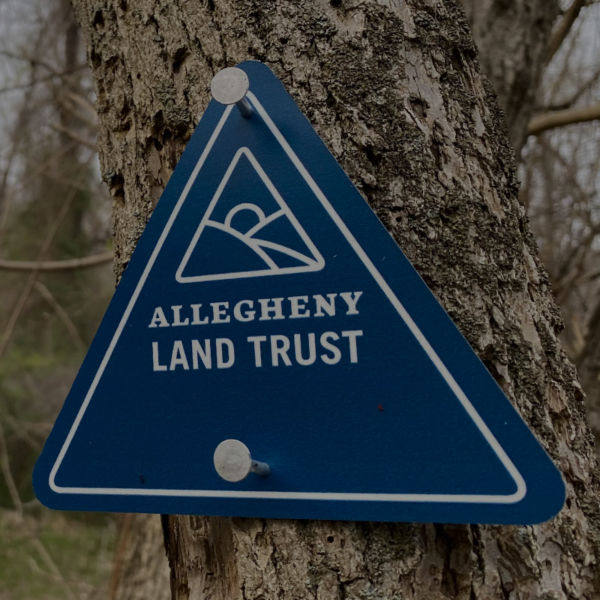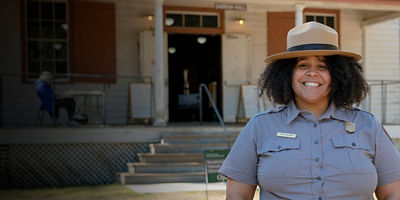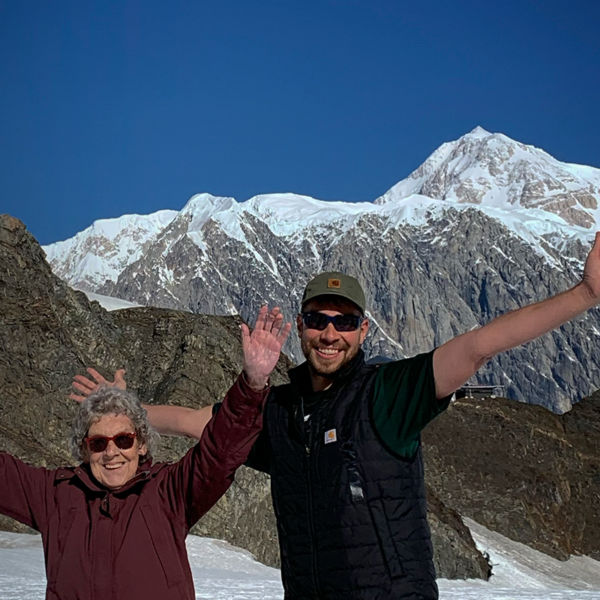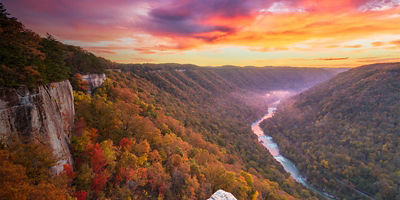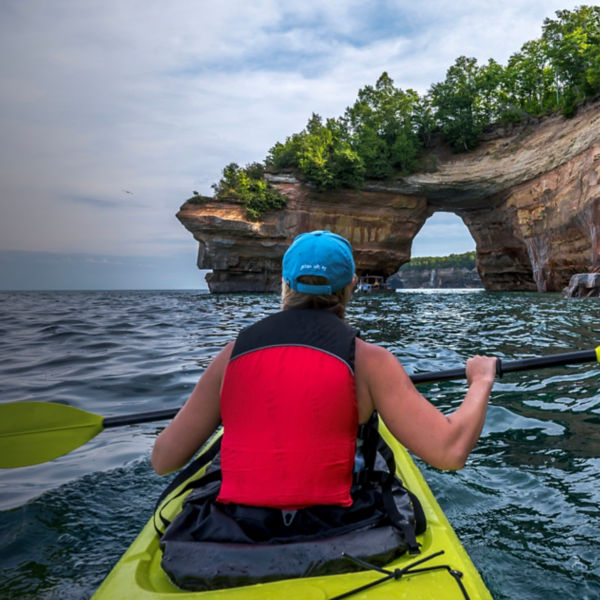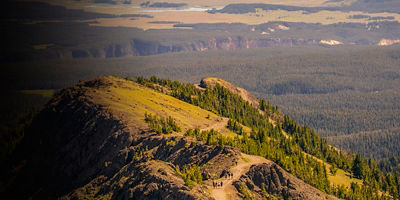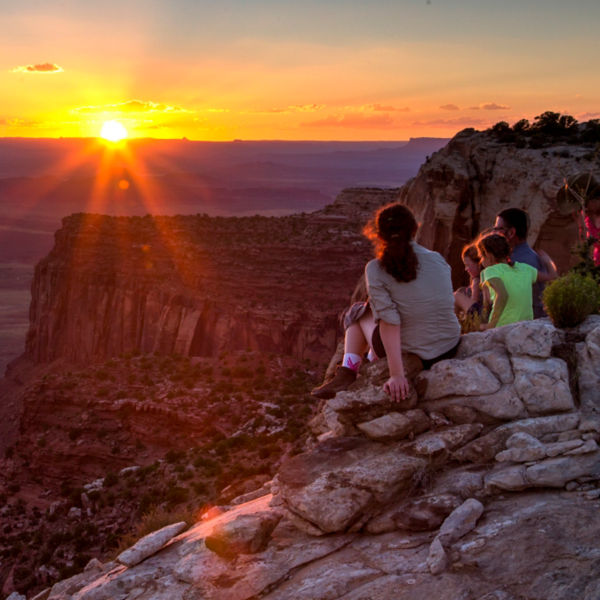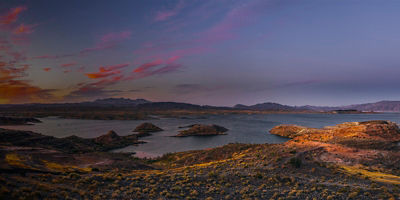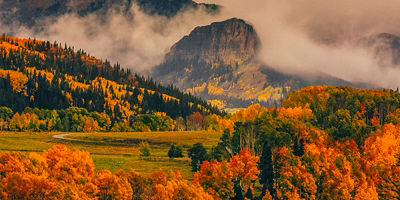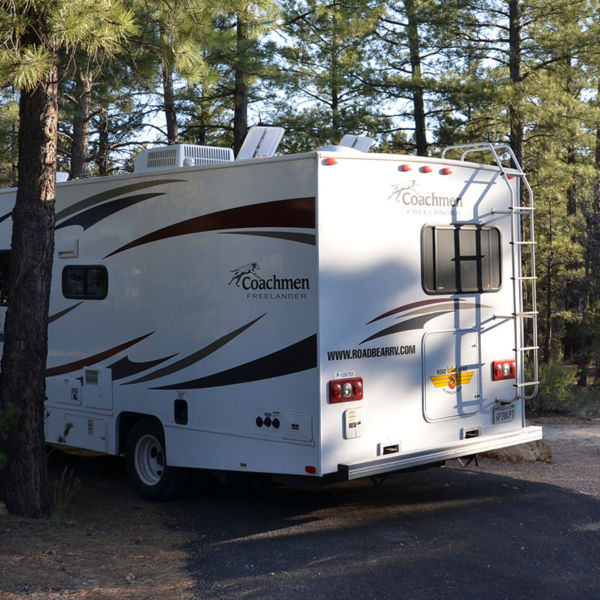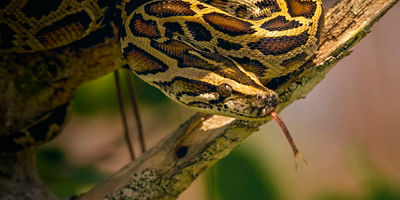
The coastal stretch of Northern California is like no other place on Earth. Here, the world’s tallest trees stand in deep, verdant forests. Steep gorges plunge and salmon-rich rivers tumble. Grassy bluffs overlook the wild Pacific, sandy beaches extend for miles, and ferns blanket the walls of meandering canyons. This is redwood country, and the region’s unique combination of moist ocean air, elevation, and climate yield a one-of-a-kind ecosystem. Visiting here means experiencing one or more of the area’s four cooperatively managed parks: Jedediah Smith Redwoods State Park, Del Norte Coast Redwoods State Park, Prairie Creek Redwoods State Park, and Redwoods National Park. All are within easy striking distance of towns throughout Northern California and southern Oregon (roughly two hours southwest of Medford, Ore.)
Come for the Trees
The redwood parks offer plentiful adventures, but most people come with one objective in mind: experiencing the trees. It’s no wonder; hiking under a canopy of redwoods will make you feel size and perspective like nothing else. The world’s tallest tree reaches several hundred feet in height—the tallest known redwood stretches 379 feet, which would tower over London’s Big Ben. These superlative trees regularly live many centuries, and some have stood more than 2,000 years. Coast redwoods are found only along a 450-mile-long stretch from southern Oregon through Northern California. Here, the conditions are just right: Rains and fog keep the trees moist year-round.
Creature Features
Incredible wildlife make their homes under—and above—the redwoods. In 2022, California condors returned to the skies, part of a reintroduction effort led by the Yurok Tribe. These huge, bald-headed birds (they have a wingspan of 9 feet) were extinct in the wild by 1987, but a successful breeding program over the last few decades has brought them back. Another notable species—Roosevelt elk, a subspecies of the iconic Rocky Mountain ungulate—roams from the beaches to the higher-elevation forests. If you’re lucky, you might also spot black bears, river otters, Northern flying squirrels, bobcats, sea lions, and humpback whales.
Original Stewards
The redwoods region has been home to many Indigenous peoples for thousands of years. The major groups in the area were the Yurok, Tolowa, and Wiyot, though at least 15 different tribal groups lived there when the first Europeans began to arrive. These cultures built homes out of boards split from fallen redwoods, made complex dugout canoes to navigate the area’s rivers and the open ocean, and hunted and gathered salmon, acorns, berries, and sea mammals. As in many other North American regions, Europeans decimated the Indigenous population when they arrived.
















